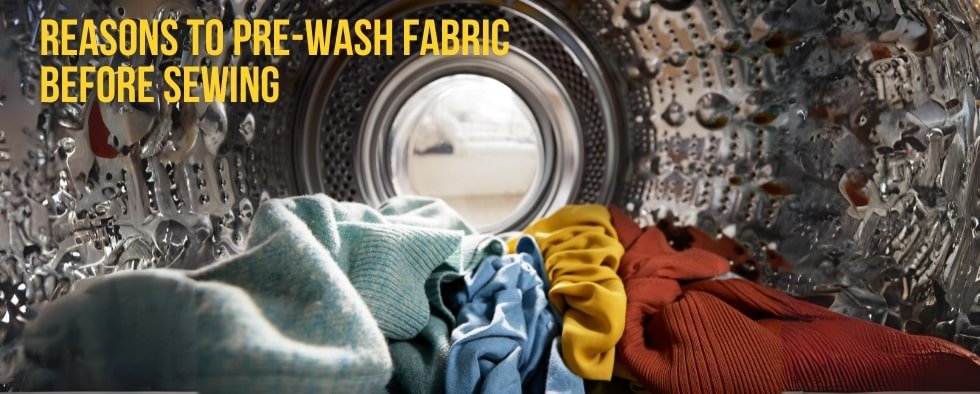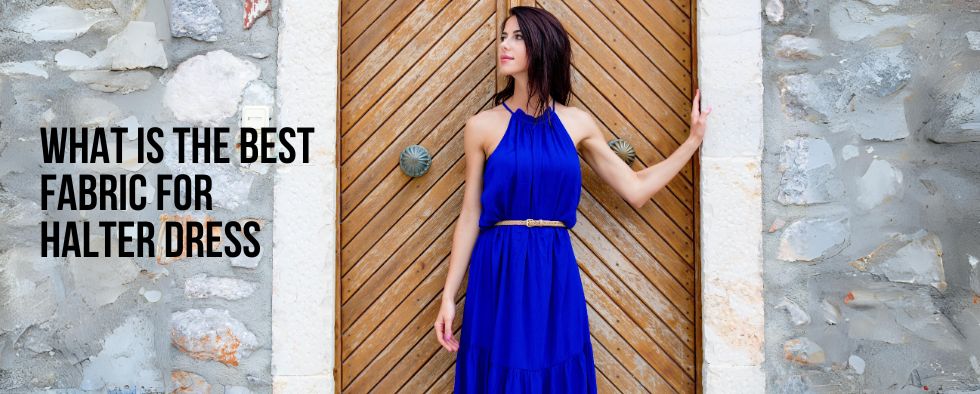Pre-washing fabric before sewing is a crucial step in garment-making that is often overlooked. Many beginner sewists may be tempted to skip this step, but pre-washing fabric offers numerous benefits that can ultimately improve the quality and longevity of your handmade garments.
Why Pre-wash Fabric before Sewing
If you want to maintain the quality, color, and shape of the fabric, you need to pre-wash the fabric.
Do you wish to know more about the benefits or pre-washing and why should you pre-wash the fabrics? This blog post will help you the reasons to pre-wash the fabrics.
Preventing Unwanted Shrinkage
One of the primary reasons to pre-wash fabric before sewing is to prevent unwanted shrinkage in the finished garment. Fabrics, especially those made from natural fibers like cotton, linen, and wool, are prone to shrinking when exposed to water and heat.
By pre-washing the fabric, you allow it to undergo any potential shrinkage before cutting and assembling your pieces. This ensures that your meticulously measured and cut fabric pieces won't distort or shrink after the garment is constructed, providing a more accurate fit and preventing unwelcome surprises post-sewing.
Get a deeper understanding of Does Cotton Shrink When Wash?
Removing Sizing and Chemical Finishes
Fabrics often undergo various treatments and processes during manufacturing, including the application of sizing agents and chemical finishes. These substances can affect the fabric's texture, drape, and overall feel. Pre-washing allows you to remove these sizing agents and chemicals, providing a clean and natural fabric surface to work with.
This is particularly important for achieving the desired look and feel of the finished garment, as well as avoiding potential skin irritations caused by residual chemicals.
Checking Colorfastness
Another critical aspect of pre-washing fabric is checking for colorfastness. Some fabrics, especially those with vibrant or deep colors, may bleed or fade when exposed to water. Before incorporating the fabric into your project, pre-washing helps you identify any color bleeding issues.
This is especially crucial when working with contrasting colors or when combining different fabrics in a single garment. Discovering colorfastness concerns early in the process allows you to take necessary precautions, such as using color catchers or adjusting your laundering methods to preserve the vibrancy of the fabric.
Softening the Fabric
While the stiffness of newly purchased fabric might be ideal for certain projects, pre-washing offers the opportunity to soften the material, enhancing its comfort and wearability.
Fabrics like denim or canvas, known for their durability and structure, can benefit from pre-washing to achieve a softer hand. Softened fabric is not only more pleasant against the skin but also drapes more naturally, contributing to the overall comfort and aesthetics of the finished garment.
Minimizing Allergens and Irritants
Fabrics, especially those stored in warehouses or fabric stores, can accumulate dust, allergens, and other irritants. Pre-washing eliminates these potential triggers, making the fabric safer and more comfortable for those with allergies or sensitive skin.
This is particularly crucial for garments intended for children or individuals with skin sensitivities. Taking the time to pre-wash ensures that the finished piece is not only visually appealing but also gentle and safe for the wearer.
Testing Fabric Integrity
Pre-washing serves as a valuable opportunity to test the fabric's integrity and durability. Some fabrics may be prone to fraying, pilling, or unraveling after exposure to water.
By pre-washing a small swatch or sample of the fabric, you can assess its reaction to laundering and make informed decisions about seam finishes, hemming techniques, and overall construction methods. This proactive approach contributes to the longevity of the garment and prevents potential issues down the line.
Achieve Consistent Fit and Drape
Fabric characteristics can significantly impact the fit and drape of a garment. Pre-washing ensures that the fabric undergoes any changes in texture, thickness, or drape before you cut and sew.
This is particularly crucial for garments with intricate patterns, gathers, or pleats, where consistency in fabric behavior is essential. By pre-washing, you create a stable foundation for your sewing project, reducing the risk of unexpected variations in fit or drape.
Read on to find out more about How to Wash Polycotton Fabric?
Address Preshrinkage for Quilting
For quilters working on intricate piecing or appliqué projects, pre-washing fabric takes on added importance. Quilt blocks and patterns often rely on precise measurements, and any subsequent shrinking after construction can lead to misaligned seams and distortion.
Prewashing quilting fabric allows you to account for preshrinkage, ensuring that your quilted pieces maintain their intended shapes and dimensions over time.
Preparing Fabric for Embellishments
If your sewing project involves embellishments such as embroidery, appliqué, or fabric painting, pre-washing is a crucial step in preparing the fabric for these techniques.
It helps remove any sizing, finishes, or residues that might interfere with the adhesion or absorption of embellishments. Additionally, pre-washed fabric provides a more stable surface for embroidery, preventing distortion of stitches and ensuring the longevity of your embellished designs.
Final words
Pre-washing fabric before sewing is a critical step that should not be overlooked. Taking the time to pre-wash your fabric ensures that your sewing projects turn out beautifully and that your garments maintain their size, shape, and color over time.



